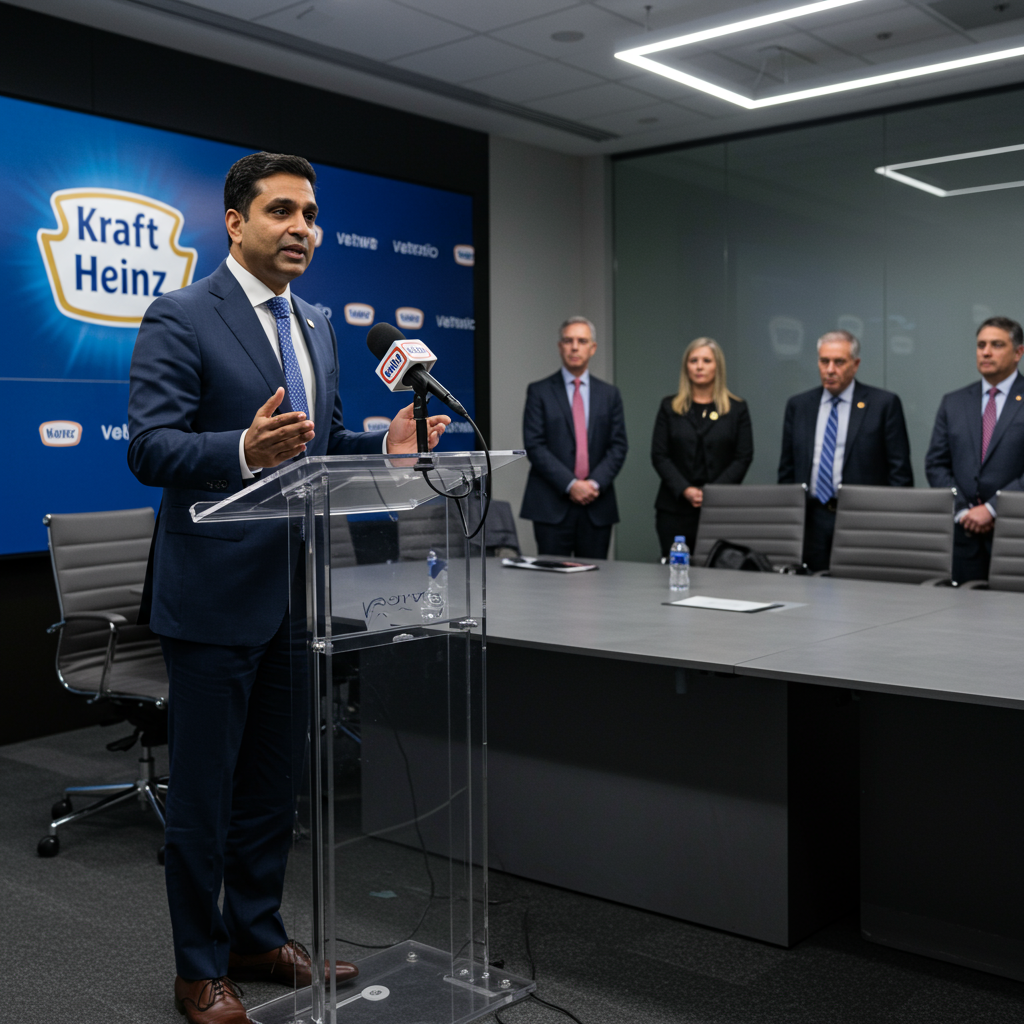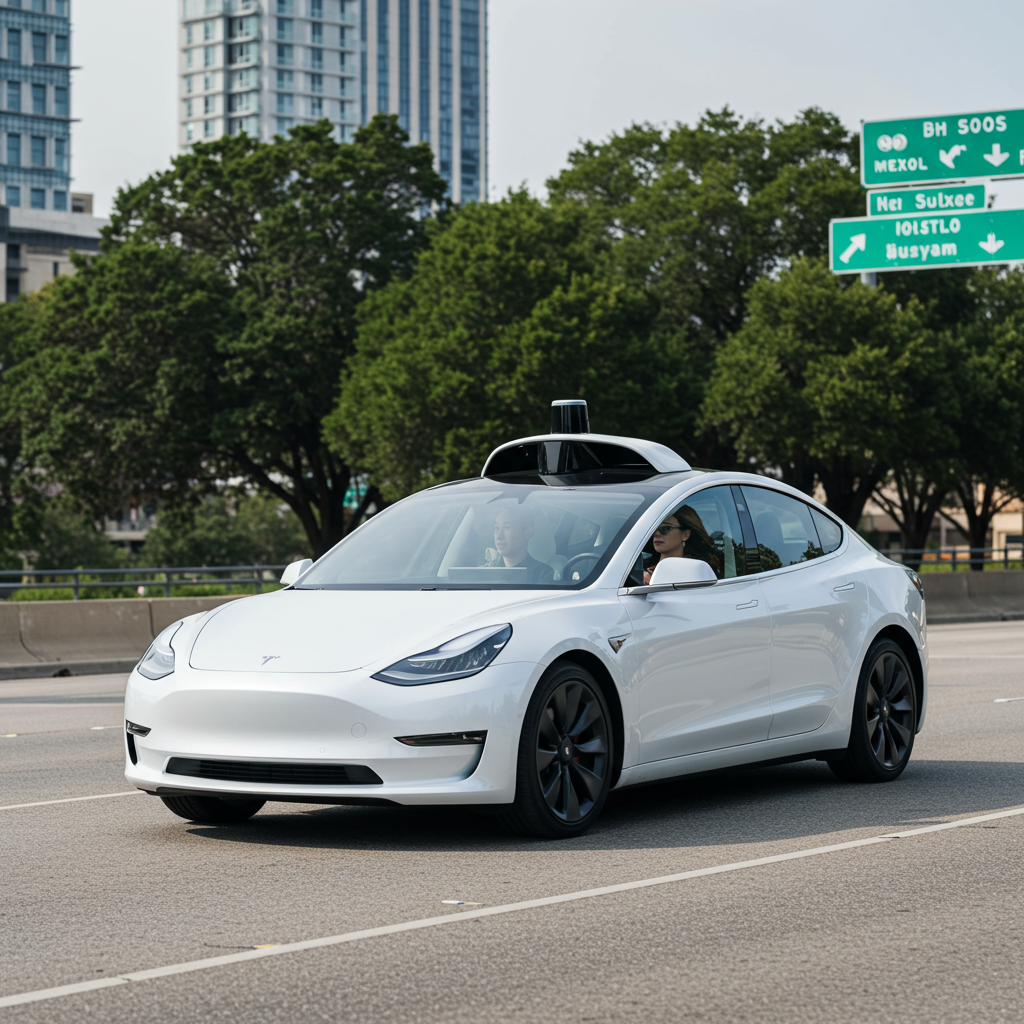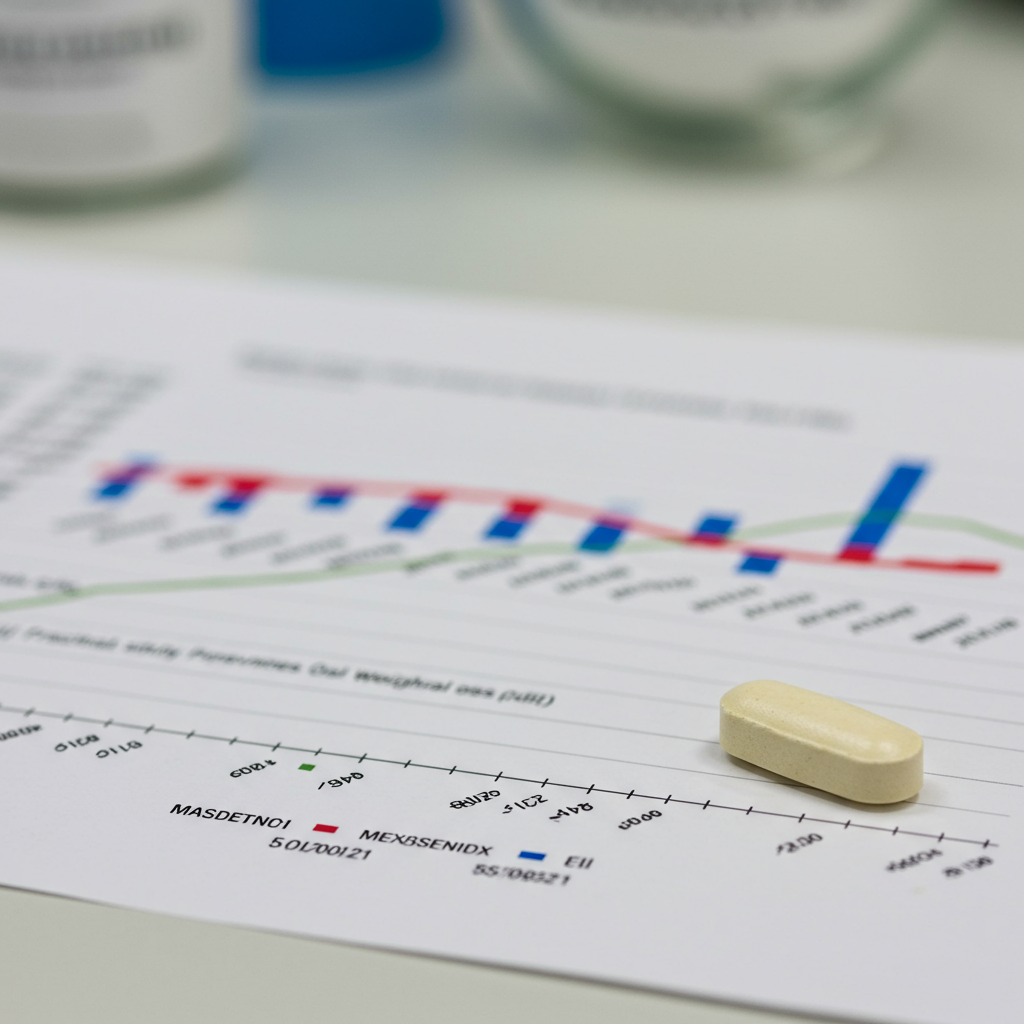In a significant move reflecting evolving consumer preferences and increasing scrutiny on food additives, Kraft Heinz has announced plans to eliminate all artificial food dyes from its entire U.S. product portfolio by the end of 2027. The company stated it will also immediately stop launching any new products in the United States that contain these synthetic colors, specifically the FD&C (Food, Drug & Cosmetic) color additives.
While the vast majority of Kraft Heinz products – accounting for nearly 90% of its U.S. net sales – already use natural or no colors, the commitment targets the remaining items that currently contain artificial dyes. This change will impact well-known brands such as Jell-O, Kool-Aid, Crystal Light, MiO water enhancers, Heinz Sweet Relish, and colorful varieties of Jet-Puffed marshmallows.
Why the Shift? Responding to Consumer Demand and Regulatory Focus
Kraft Heinz frames this decision as part of its continuous effort to update recipes and product offerings to better serve consumers. Pedro Navio, North America president at Kraft Heinz, highlighted the company’s history of evolution, noting previous steps like the removal of artificial colors, preservatives, and flavors from Kraft Macaroni & Cheese in 2016. He also pointed out that Heinz Tomato Ketchup has historically derived its rich red color solely from tomatoes, not artificial dyes.
This commitment also aligns with a broader push by U.S. health officials regarding synthetic food dyes. In April, Health and Human Services Secretary Robert F. Kennedy Jr. unveiled a plan to phase out certain synthetic dyes, which he described as “petroleum-based chemicals” lacking nutritional value but posing “real, measurable dangers,” particularly to children’s health and development.
The U.S. Food and Drug Administration (FDA) has indicated its intention to collaborate with the food industry to remove specific FD&C colors—including Red No. 40, Yellow No. 5, Yellow No. 6, Blue No. 1, Blue No. 2, and Green No. 3—from the food supply, with a stated goal of doing so by the end of 2025. Although this target is earlier than Kraft Heinz’s 2027 deadline for its full portfolio, the company’s comprehensive commitment signals significant industry movement.
It’s worth noting the regulatory landscape around dyes is dynamic. Earlier this year, the FDA enacted a federal ban on the food and drug use of Red No. 3 (Erythrosine), a cherry-red dye, citing evidence linking it to cancer in animals under the “Delaney Clause.” Food manufacturers must comply with the Red No. 3 ban by January 15, 2027.
Kraft Heinz’s Strategy for Removing Dyes
For the remaining products containing artificial colors, Kraft Heinz has developed a specific strategy:
Removing Colors: Eliminating FD&C colors entirely from products where their appearance is not critical to consumer appeal.
Replacing with Natural Colors: Substituting artificial dyes with natural alternatives derived from sources like fruits, vegetables, and spices.
Reinventing: Developing new color solutions or shades for complex cases where direct natural replacements aren’t readily available to match existing product aesthetics.
The company has dedicated resources and a specialized team to tackle this complex reformulation process across its diverse product lines. Kraft Heinz is also working with licensees of its brands to encourage them to make similar changes.
Affected Products and the Safety Debate
Products undergoing reformulation will include those commonly known for bright colors, like Jell-O dessert mixes (which may contain Red 40, Yellow 5, and Yellow 6, some linked to benzidine), Kool-Aid (often containing Red 40, Blue 1, Yellow 5), Crystal Light (similar dye usage), Heinz Sweet Relish (Yellow 5, Blue 1 – contrasting with ketchup), Jet-Puffed colorful marshmallows (potentially Blue 1, Red 40, Red 3, Yellow 6), and MiO water enhancers (containing various Yellows, Reds, and Blues).
The safety of artificial food dyes remains a subject of debate among scientists and health professionals. While approved by the FDA based on existing data, some studies have suggested potential links between certain dyes and behavioral changes in children, as well as associations with cancer in animal studies, raising concerns about human health impacts. Some nutritionists advise avoiding artificial dyes, while others call for more conclusive research.
Despite the ongoing scientific discussion and recent FDA approvals or expansions of use for other* dyes, the trend among major food companies appears to be moving towards removing these additives, largely driven by consumer demand for cleaner labels and regulatory attention. Kraft Heinz’s 2027 commitment is a significant step in this evolving food landscape.



